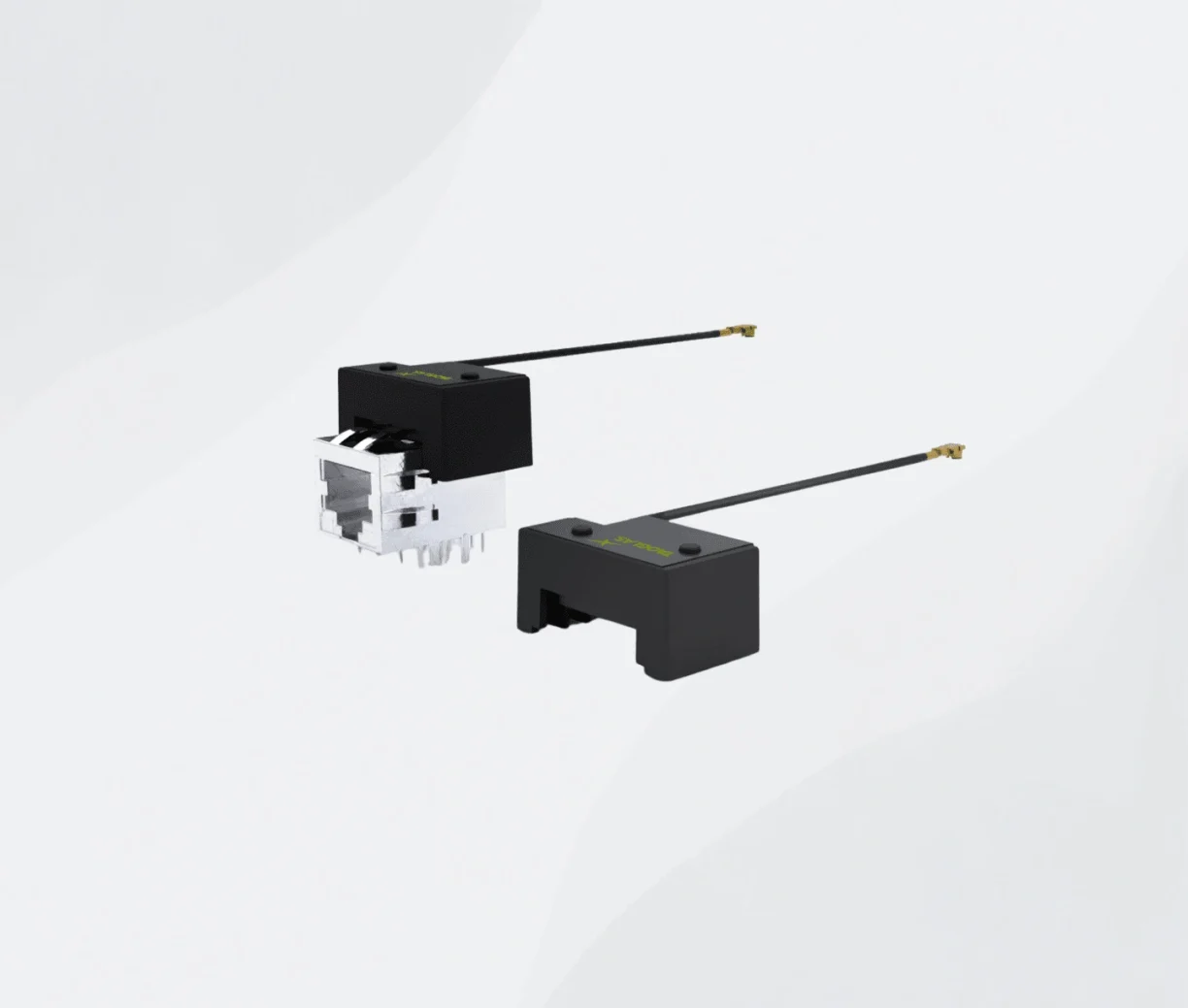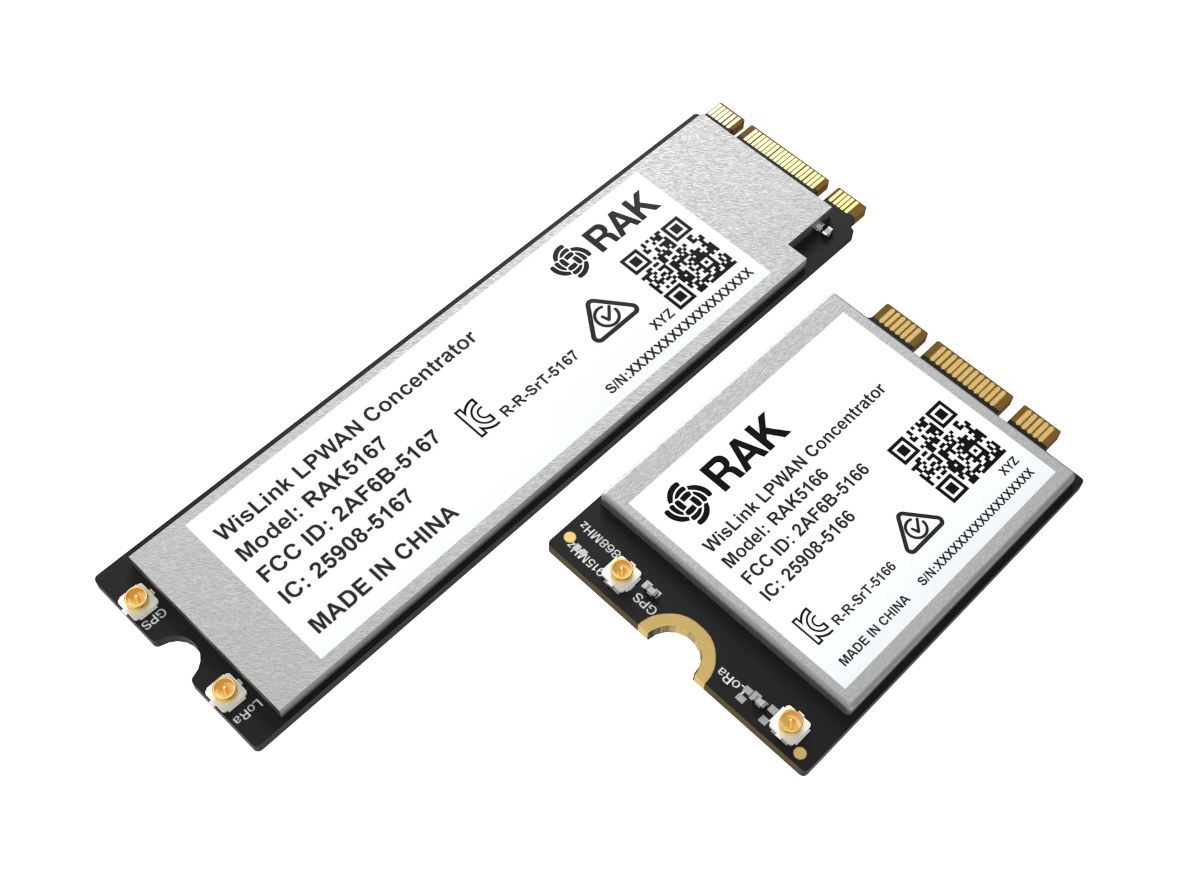Thundercomm has officially launched the Rubik Pi 3 SBC built around the Qualcomm QCS6490 SoC with a 12.5 TOPS AI accelerator. The SBC comes in a “PI-CO ITX” form factor that combines the Pico-ITX standard and the 40-pin GPIO header found on Raspberry Pi SBCs. The SBC comes with a standard set of interfaces, including USB, HDMI out, MIPI-CSI camera support, Ethernet, Wi-Fi 5, Bluetooth 5.2, and much more. Additionally, the SBC features a 40-pin header for GPIO, UART for debugging, audio output, and RTC battery support. The company mentions that it is the first Pi-based system using Qualcomm’s AI platforms, hence it supports Raspberry Pi HAT/HAT+ expansion boards, making it suitable for various AI, IoT, and edge computing projects. Rubik Pi 3 SBC specifications: SoC – Qualcomm QCS6490 CPU – Octa-core Kryo 670 with 1x Gold Plus core (Cortex-A78) @ 2.7 GHz, 3x Gold cores (Cortex-A78) @ 2.4 GHz, 4x […]
Qualcomm introduces IQ9, IQ8, and IQ6 “Dragonwing” industrial IoT SoC families with up to 100 TOPS of AI performance
Qualcomm Technologies has introduced the new industrial-grade IQ chipset family with the IQ9, IQ8, and IQ6 series offering on-device AI performance of up to 100 TOPS, industrial temperature range, and built-in safety features such as SIL-3 (safety and integrity level). [Update February 26: Qualcomm’s marketing tam has been hard at work and has now come up with a product name for the family: ” Dragonwing”] Qualcomm IQ series of chipsets target a range of premium (IQ9), mid-tier (IQ8), and entry-level (IQ6) applications such as industrial and agricultural robots, drones, industrial inspection and automation, edge AI boxes with computer vision capabilities, edge gateway analytics solutions, and more. Qualcomm IQ9 Series – IQ-9100, IQ-9075 Key features and specifications: CPU IQ-9075 – Octa-core Kryo Gen 6 scaling from 1.632 to 2.55 GHz IQ-9100 – Octa-core Kryo Gold Prime @ 2.36 GHz (CNXSoft: The specs are not clear for the CPU part…, both SKUs […]
Taoglas AntJack is an RJ45 jack-mounted Wi-Fi antenna for Bluetooth, Wi-Fi 6/6E, and Wi-Fi 7
Dublin-based Taoglas has unveiled the AntJack described as “an industry-first Wi-Fi antenna for an RJ45 Jack”. The AntJack, also known as the FXM100, can be mounted on any standard RJ45 Ethernet connector to create a 2-in-1 solution that saves space and enhances wireless performance across 2.4 GHz, 5.8 GHz, and 7.1 GHz frequency bands. It is a compact (26.6 x 15.6 x 13.1 mm), omnidirectional dipole antenna with support for Bluetooth, Wi-Fi 6/6E, and Wi-Fi 7. It can be used in various applications, such as modems and routers, industrial gateways, factory automation, industrial robotics, and test and measurement systems. The AntJack is especially well-suited for embedded applications with space constraints and positioning challenges such as 4 x 4 or 8 x 8 MIMO configurations. It features an easy “peel and stick” design manufactured from flexible PCB material with adhesive conductive foam, allowing straightforward installation on RJ45 connectors. According to Oliver […]
Microchip 8-bit AVR DU family supports secure USB connectivity and 15W power delivery
At Embedded World 2024, Microchip announced their new AVR DU family of 8-bit MCUs featuring a full-speed USB 2.0 data interface along with USB-C 15W Power Delivery enabling up to 12Mbps data transfer and charging. They also have features like secure bootloaders and Program and Debug Interface Disable (PDID), which protect your embedded designs. Based on the Harvard architecture, these MCUs can have up to 64 KB of Flash memory, 8 KB of SRAM, and 256 bytes of EEPROM. Their wide operating voltage range of 1.8V to 5.5V makes them suitable for small, space-sensitive devices, power bricks, and rechargeable devices. But one thing to note is that the USB function is only available for VDD above 3.0V and I2C Fm+ (Fast-mode Plus) is only supported for 2.7V and above. I²C Fm+ extends the standard I²C protocol, boosting communication speeds up to 1 MHz while maintaining compatibility with older I²C devices. It’s […]
Infineon PSOC Edge E81, E83, E84 Cortex-M55/M33 MCUs target Machine Learning-enhanced IoT, consumer and industrial applications
Infineon PSOC Edge E81, E83, and E84 MCU series are dual-core Cortex-M55/M33 microcontrollers with optional Arm Ethos U55 microNPU and 2.5D GPU designed for IoT, consumer, and industrial applications that could benefit from machine learning acceleration. This is a follow-up to the utterly useless announcement by Infineon about PSoC Edge Cortex-M55/M33 microcontrollers in December 2023 with the new announcement introducing actual parts that people may use in their design. The PSOC Edge E81 series is an entry-level ML microcontroller, the PSOC Edge E83 series adds more advanced machine learning with the Ethos-U55 microNPU, and the PSOC Edge E84 series further adds a 2.5D GPU for HMI applications. Infineon PSOC Edge E81, E83, E84-series specifications: MCU cores Arm Cortex-M55 high-performance CPU system up to 400 Mhz with FPU, MPU, Arm Helium support, 256KB i-TCM, 256KB D-TCM, 4MB SRAM (Edge E81/E83) or 5MB SRAM (Edge E84) Arm Cortex-M33 low-power CPU system up […]
RAKwireless launches SX1303 based M.2 LoRaWAN concentrator modules and full-duplex gateway
RAKwireless has recently introduced two new LoRaWAN products with the RAK5166/67 WisLink M.2 3042/2280 concentrator module based on the Semtech SX1303 RF transceiver and the RAK7285 WisGate Edge Ultra Full-Duplex gateway for high-density network deployments, particularly for smart city infrastructure, metering applications, and other scenarios requiring reliable two-way communication at scale. RAK5166 and RAK5167 M.2 3042 and 2280 LoRaWAN concentrator modules RAK5166/RAK5167 specifications: Wireless Semtech SX1303 baseband processor with 8 x 8 channels LoRa packet detectors, 8x SF5-SF12 LoRa demodulators, 8x SF5-SF10 LoRa demodulators, one 125/250/500 kHz high-speed LoRa demodulator, and one (G)FSK demodulator Tx power up to 27 dBm Rx sensitivity down to -139 dBm @ SF12, BW 125 kHz Supports global license-free frequency band (EU868, IN865, RU864, US915, AU915, KR920, AS923-1, AS923-2, AS923-3, AS923-4) Listen Before Talk (LBT) support Fine Timestamp Built-in ZOE-M8Q GPS module (optional) 2x MHF4 IPEX connectors for the LoRa and GNSS (optional) antennas Host […]
Qualcomm RB3 Gen 2 Platform with Qualcomm QCS6490 AI SoC targets robotics, IoT and embedded applications
Qualcomm had two main announcements at Embedded World 2024: the ultra-low-power Qualcomm QCC730 WiFi microcontroller for battery-powered IoT devices and the Qualcomm RB3 Gen 2 Platform hardware and software solution designed for IoT and embedded applications based on the Qualcomm QCS6490 processor that we’re going to cover today. The kit is comprised of a QCS6490 octa-core Cortex-A78/A55 system-on-module with 12 TOPS of AI performance, 6GB RAM, and 128GB UFS flash connected to the 96Boards-compliant Qualcomm RBx development mainboard through interposer, as well as optional cameras, microphone array, and sensors. Qualcomm QCS6490/QCM6490 IoT processor Specifications: CPU – Octa-core Kryo 670 with 1x Gold Plus core (Cortex-A78) @ 2.7 GHz, 3x Gold cores (Cortex-A78) @ 2.4 GHz, 4x Silver cores (Cortex-A55) @ up to 1.9 GHz GPU – Adreno 643L GPU @ 812 MHz with support for Open GL ES 3.2, Open CL 2.0, Vulkan 1.x, DX FL 12 DSP – Hexagon […]
GigaDevice announces GD32F5 Cortex-M33 microcontroller targeted at high-performance applications
GigaDevice has officially launched the GD32F5 microcontroller series based on the Arm Cortex-M33 core. The Arm Cortex-M33 core has a maximum operating frequency of 200MHz and a working performance of up to 3.31 CoreMark/MHz. It also comes with a digital signal processing extension and a single-precision floating-point unit to reduce the load on the core. The GD32F5 microcontrollers are designed for high-performance applications and come equipped with up to 7.5MB on-chip flash, 1MB static RAM (SRAM), and diverse connectivity peripherals. The on-chip flash includes a zero-wait execution area (code flash) to improve code processing efficiency and real-time performance, and sizable data flash space for storing backups and parameters. The products support seamless OTA updates with a maximum of 2MB for Read-While-Write (RWW) operations. According to GigaDevice, the GD32F5 series is expected to find applications in “energy and power management, photovoltaic energy storage, industrial automation, programmable logic controllers (PLC), network communication […]










